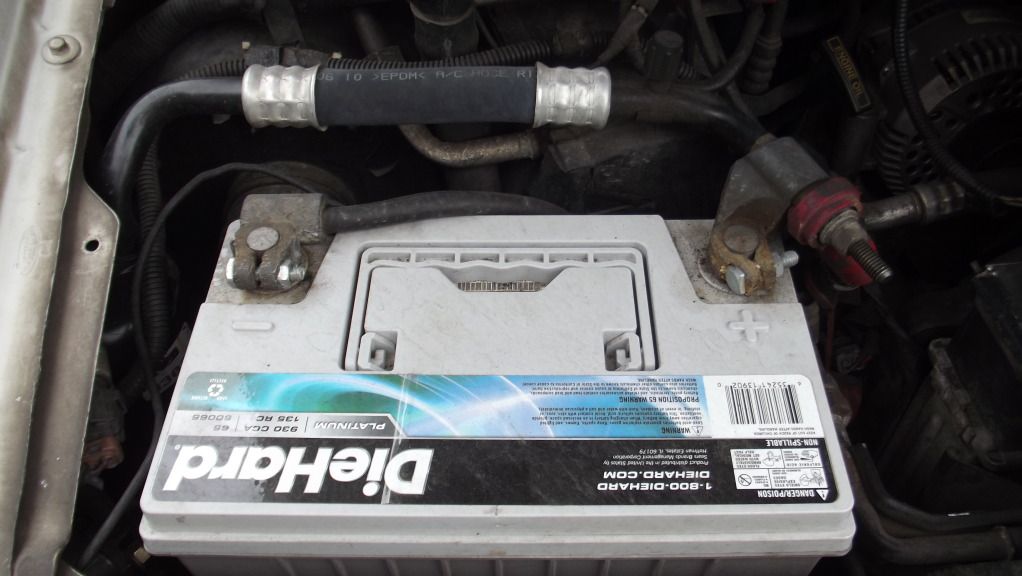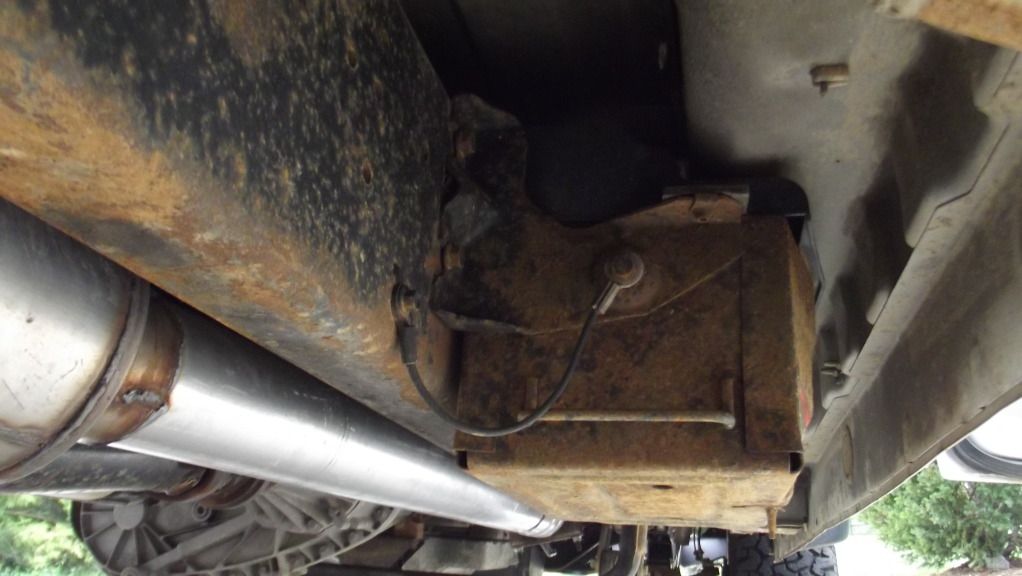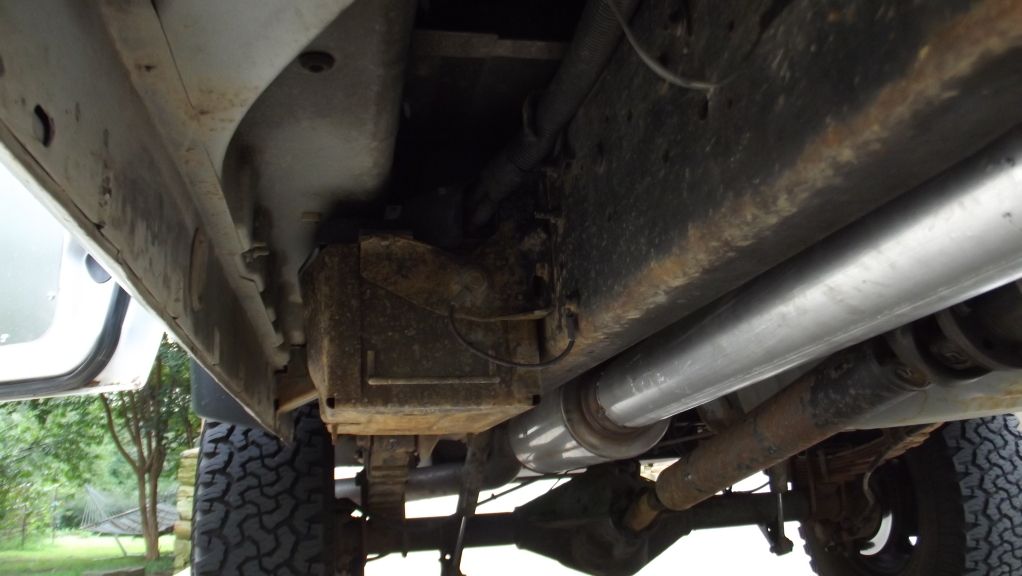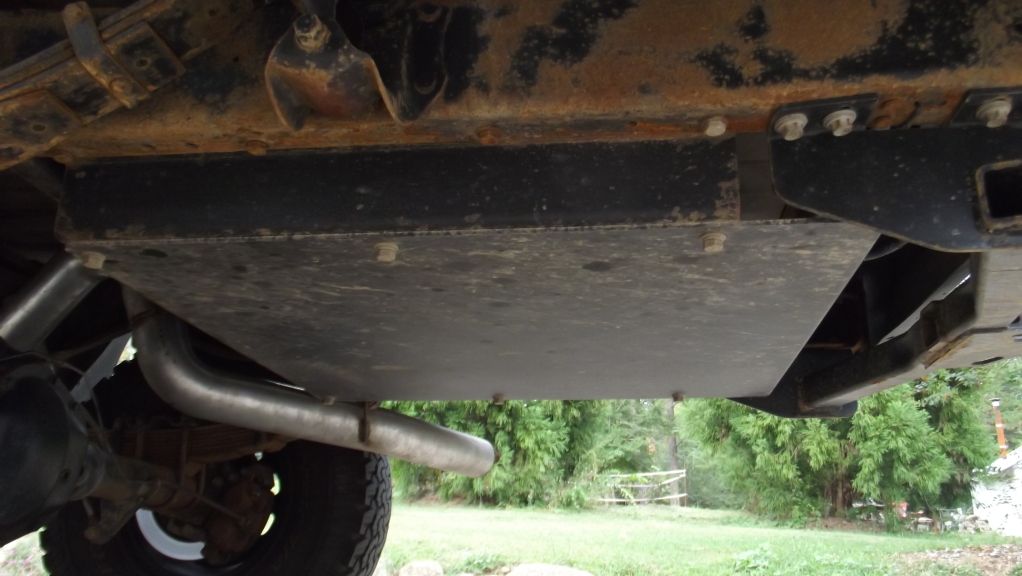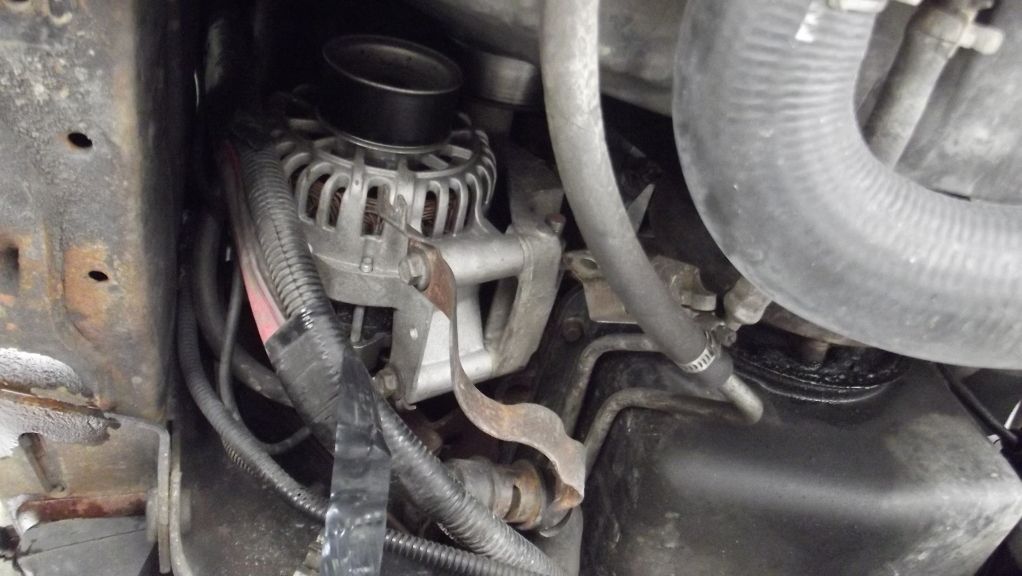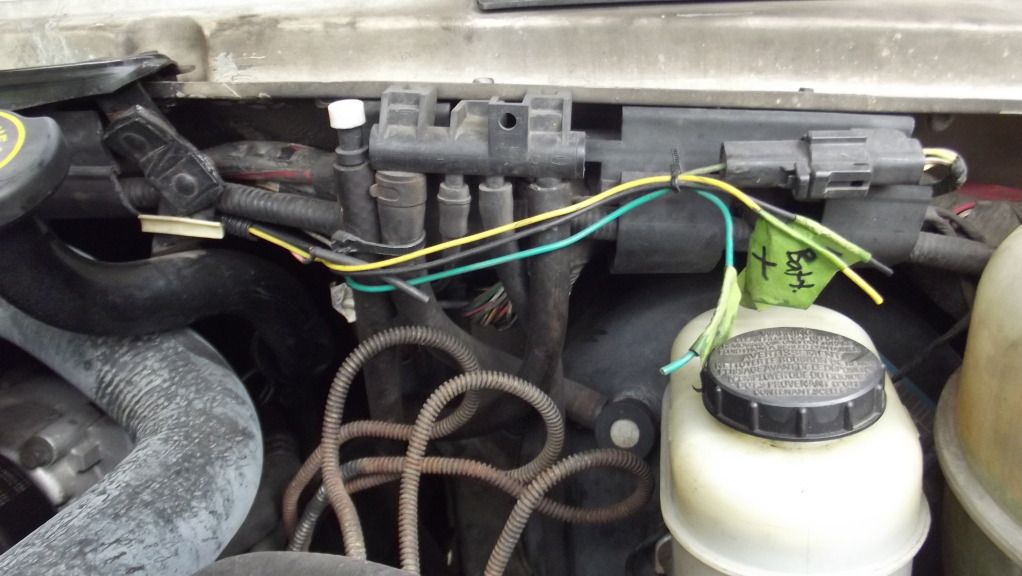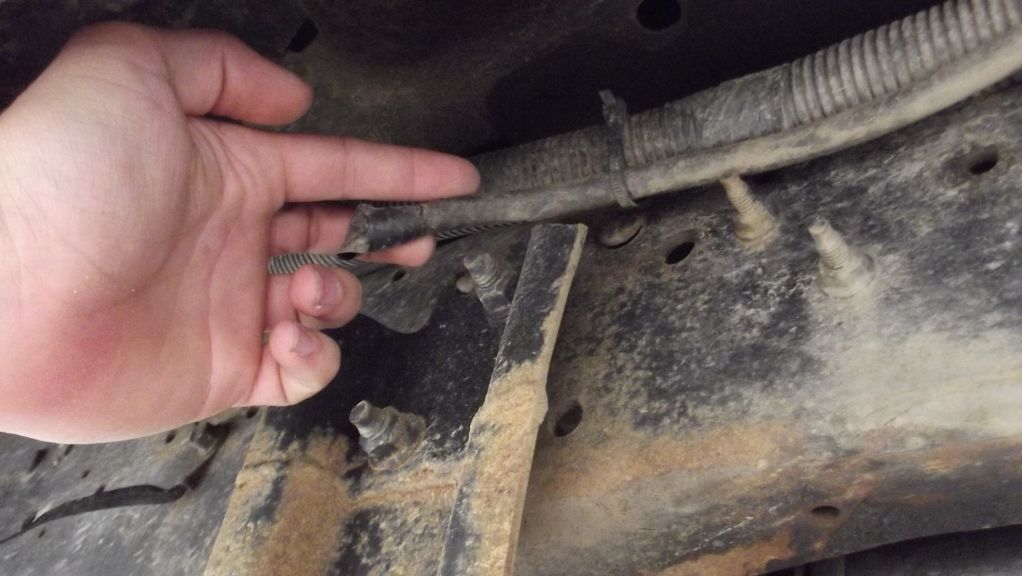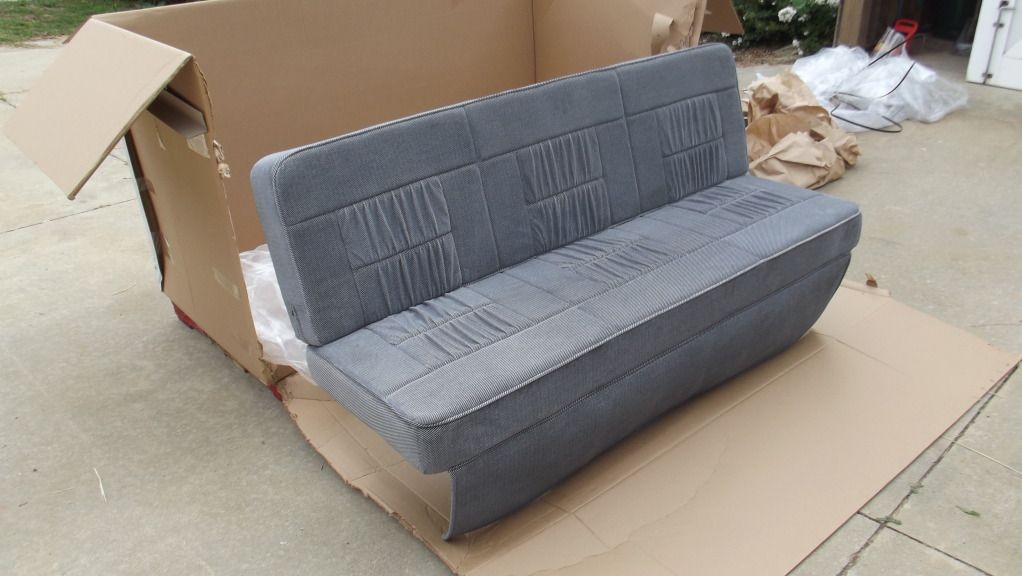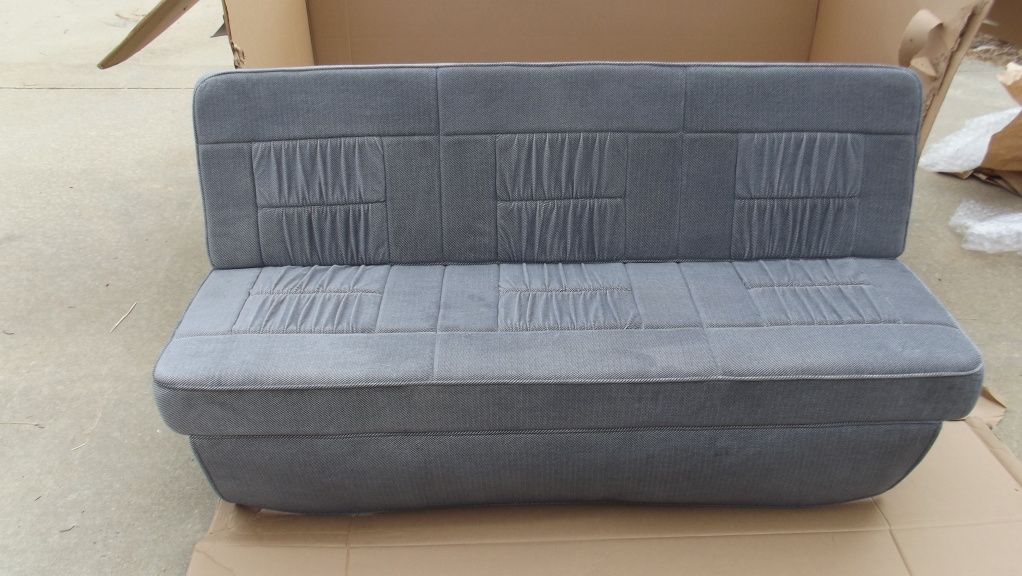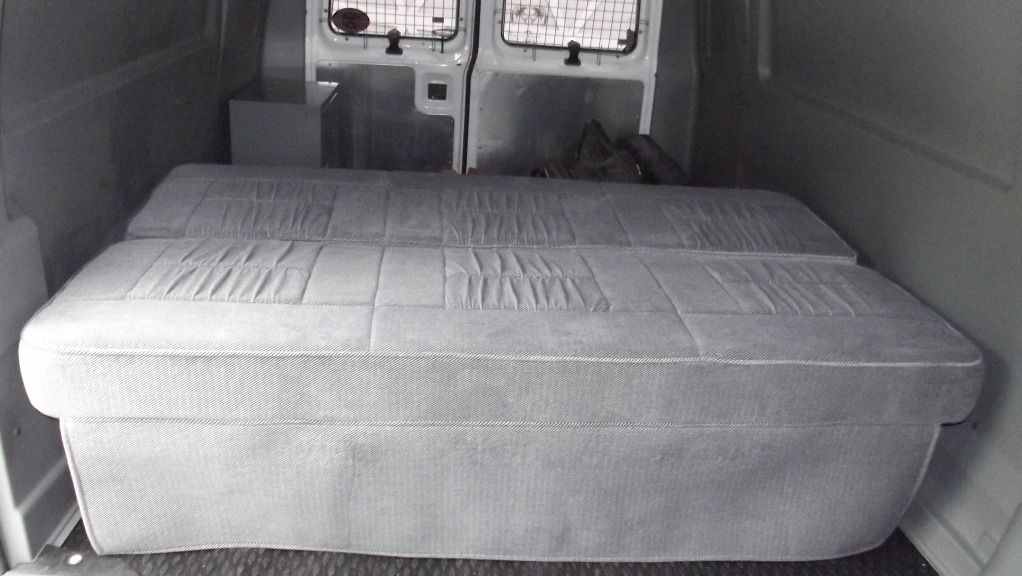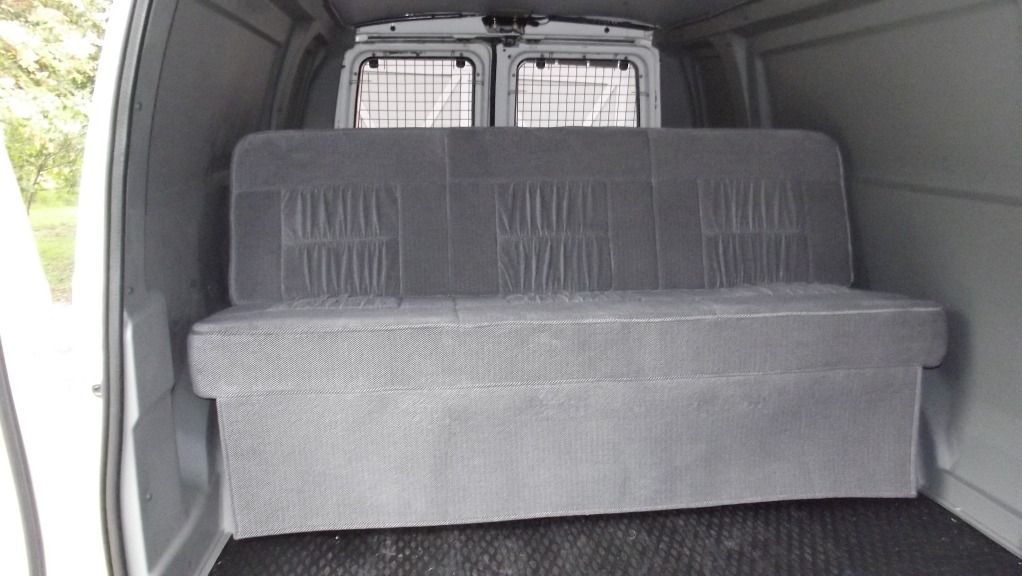pratty85
Adventurer
As a matter of fact if anyone has advice on what I should use for my heating/cooling, refrigeration, inverter, solar panels, and batteries speak up!
I have done some research and this is the direction I am heading:
Power: My second alternator with a cutoff switch in the cab will power 2 Diehard Platinum RV Gel Batteries that will be mounted in the UJOR rear skid.
I was thinking of running the Zamp Solar 145w kit with 30A controller. Possibly a 2500w Xantrex inverter.
I was also thinking of using the Zamp solar panel quick connects and a portable panel that can be set out in the sun while I am parked in the shade
What I will be running for accessories: Engel fridge/freezer, Espar heater, AC?, led lights, 12v fan, and laptop. The only continuous items will be the fridge/freezer and the Heating/AC system.
I am not that electrically inclined ....I can do wiring and soldering, but I am intimidated by a setup this big. So any help would be appreciated.
....I can do wiring and soldering, but I am intimidated by a setup this big. So any help would be appreciated.
I have done some research and this is the direction I am heading:
Power: My second alternator with a cutoff switch in the cab will power 2 Diehard Platinum RV Gel Batteries that will be mounted in the UJOR rear skid.
I was thinking of running the Zamp Solar 145w kit with 30A controller. Possibly a 2500w Xantrex inverter.
I was also thinking of using the Zamp solar panel quick connects and a portable panel that can be set out in the sun while I am parked in the shade
What I will be running for accessories: Engel fridge/freezer, Espar heater, AC?, led lights, 12v fan, and laptop. The only continuous items will be the fridge/freezer and the Heating/AC system.
I am not that electrically inclined
Last edited:

